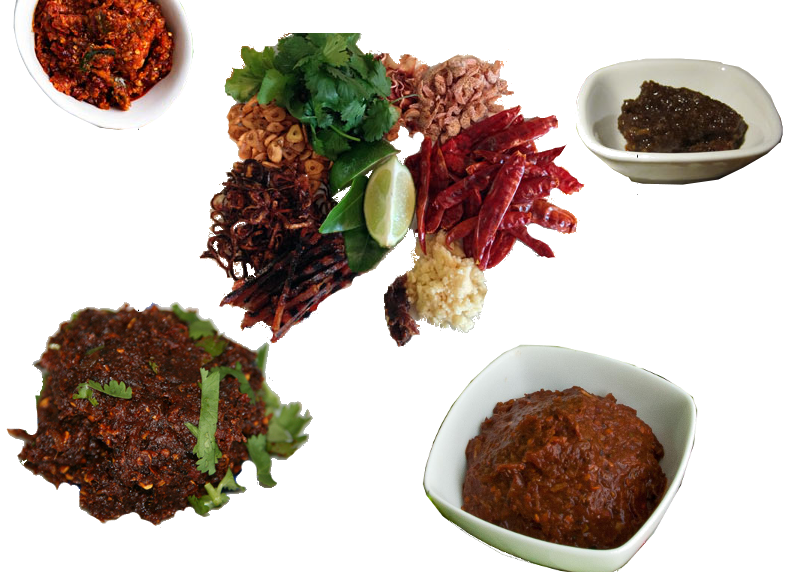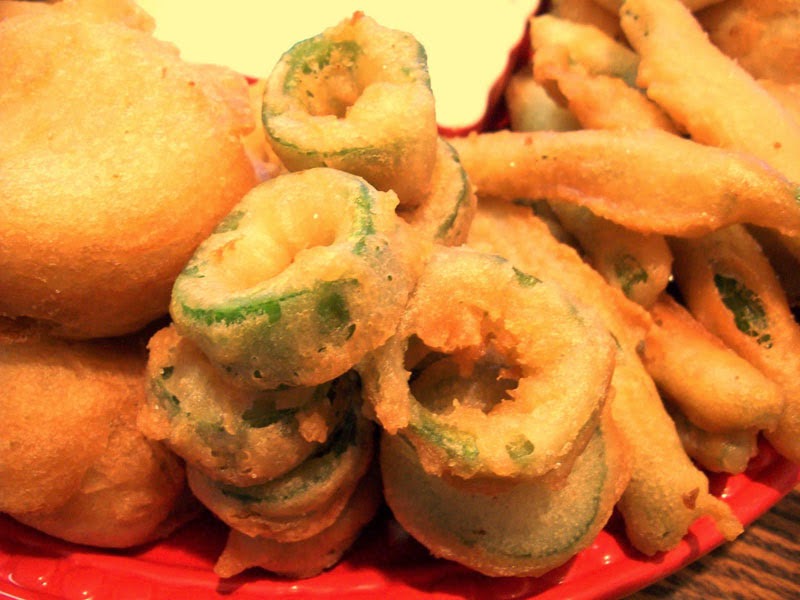Why this Laotian condiment has become a hit with culinary enthusiasts around the world.
Jaew Bong and Its Deliciousness
If you have ever been to Southeast Asia, Laos in particular, you have probably tasted the rich and flavorful Jaew Bong (jāwl bong). The delicious paste is a staple in Laos cuisine, with more and more Westerners falling in love with the chilli paste after visiting the area. It is packed with so many rich flavors; it is an exotic adventure for the palate. It is spicy, salty and sweet all at the same time and goes well with a variety of dishes.
Jaew Bong (in Lao, is referred to as ແຈ່ວບອງ). For many centuries, Laotian Farmers or Fishermen’s would pack a small basket of sticky rice (a staple of Laos food), dried fish and jaew bong before heading out to for the day. Jaew Bong, then and now can be kept in a room temperature and simply has an extremely long shelf life . That was one of the main purposes of the condiment, it never goes bad. Its second purpose is that it is a condiment that can take any dish and make it unforgettably scrumptious.
In modern time, shelf life is not as important as taste and appeal. There are many versions of Jaew Bong being made, recipes being passed down from generation to generation and different communities using different sourcing. This is happening all over the world. Lao immigrants in foreign land are making their own, this very moment.
Sometimes seen as Jeow or Jaeo, there are different versions of the paste in Thailand and Cambodia, but its purpose is always the same – it is a dipping sauce that adds remarkable flavor to sticky rice or any other foods. The paste is an essential part of any Lao meal and the varieties are endless, ranging from simple blends of chilli and salt to more in-depth recipes. Although there are many variations for the delicious paste, Jaew Bong in particular is a pickled chilli paste that can be used with anything that a Westerner would usually eat with hot sauce or ketchup.
For those who don’t have the time needed to prepare Jaew Bong can opt for jarred versions of the popular Southeast Asian condiment, which will be available at a variety of specialty stores. Coming Soon!
This recipe was taken from centuries old cooking techniques and when possible applied modern cooking methods and/or ingredients. It uses Asian cooking styles, Asian Spices, Asian Sauces and Asian Ingredients. The style of cooking may have a slight alteration while still maintaining the dish's overall purpose. In this blog we touch on recipes that may be predominant for the Chinese Cuisines. We will also share recipes based upon country, or regions such as: Burma, Cambodia, Indian, Indonesia, Japan, Korea, Laos, Malaysia, Nepal, Philippines, Singapore, Sri Lanka, Taiwan, Thailand, Tibet and Vietnam. Some cuisines are considered South Asian, South East Asian, Central Asian and/or Middle Eastern and may not be strictly connected to a specific country or culture.Discover more about Jaew Bong, check out www.jaewbong.com.
Have an Asian dish of your own? Or you tried using our recipe? Please send us a picture, we would love to post it! email pix to cook@avagroups.info
Subscribe To Our Social Networks! Share with your friends your amazing dish, you just made!







Comments
Post a Comment